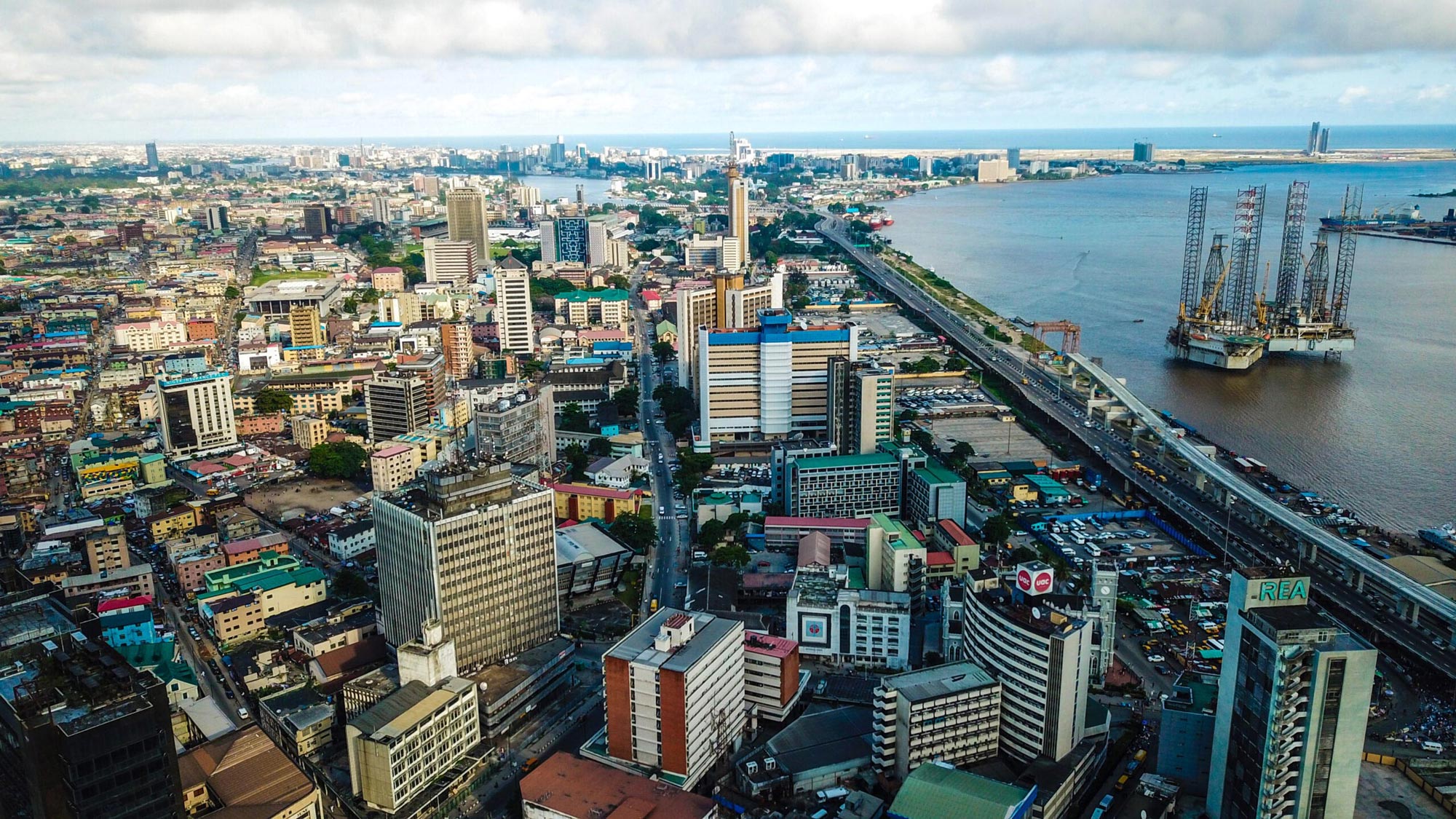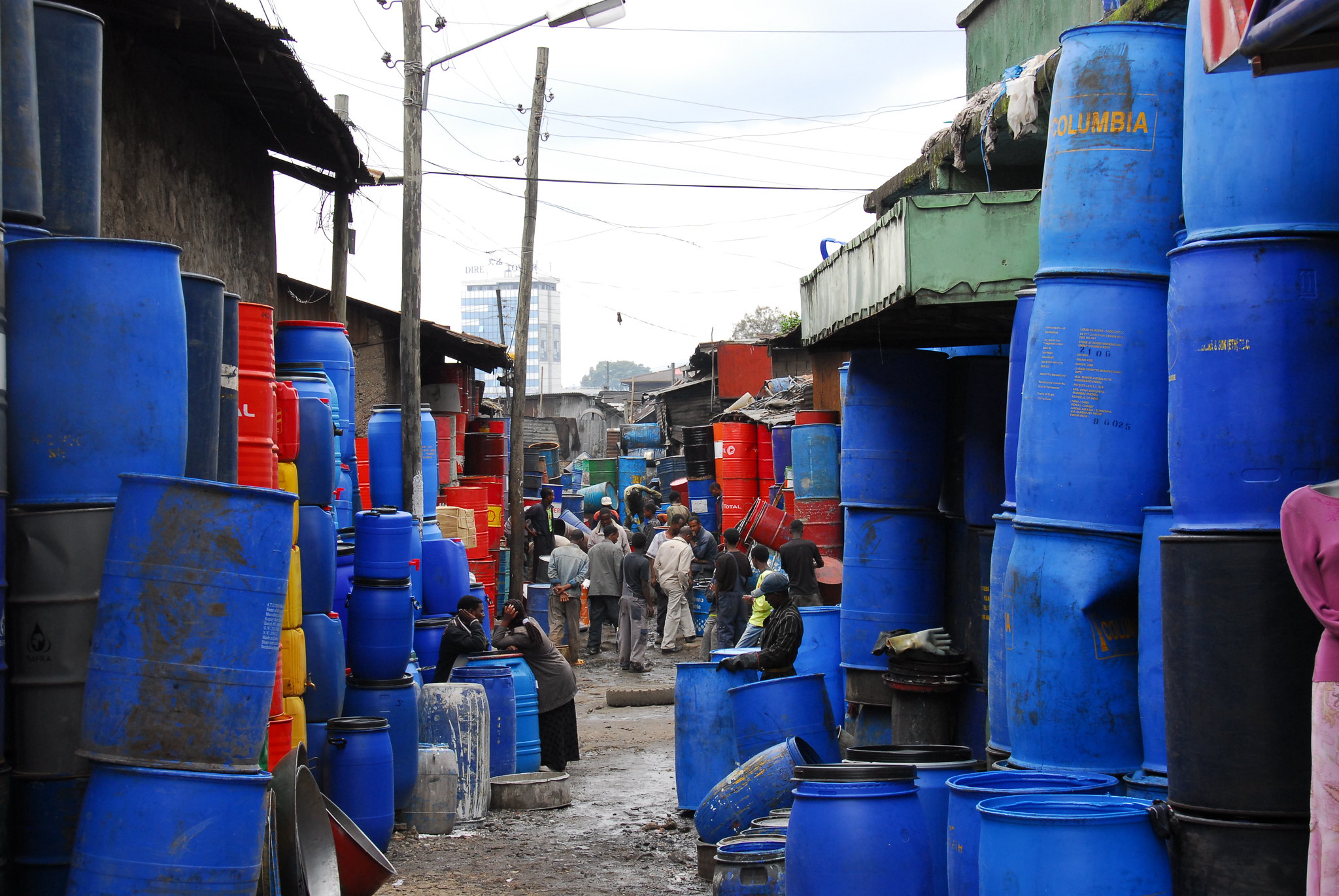One of my favorite books on research methods is the political scientist Timothy Pachirat’s book: ‘Among Wolves: Ethnography and the Immersive Study of Power’. Pachirat is famous for having written a deeply disturbing but brilliant ethnographic account of industrialized slaughterhouses in the United States, but in Among Wolves, he explores different aspects of ethnographic research through imagined conversations with other famous ethnographers. This blog post tries to capture some of the salient findings from a recent paper on precarity and peace processes in the Horn of Africa – through an imagined conversation between me, the researcher, and a skeptical research manager.
Skeptical Research Manager (RM): We are trying to make sure that your research ‘fits’ our overall research program. Please let me know what you are working on this year.
Aditya Sarkar (AS): I’ve been thinking about the fact that there is a lot of research on how war and conflict makes people precarious – by displacing them, and by depriving them of their livelihoods, shelter, and food. Sometimes belligerents explicitly try to deprive people of their livelihoods – for example, by looting or starving them. In Sudan, Eddie Thomas and Alex de Waal have shown how the political economy has depended, and continues to depend on dispossession and displacement from predation and conflict in the peripheries of the country. In South Sudan, Nikki Kindersley and Joseph Diing Majok have demonstrated how political economic systems have evolved to benefit from labour commodification, exploitation, and precarious livelihoods caused by war. In Somalia, Susanne Jaspars and Nisar Majid have argued that continued insecurity/violence continues to produce a steady stream of displaced persons who move to cities and form a cheap pool of labour for the oligopolistic businesses which dominate Somalia’s private sector.
It’s striking that the reports of the Integrated food security Phase Classification (IPC) and its American cousin, FEWS NET, categorize large populations across the region as in ‘crisis’ or even ‘emergency’, year after year—something never anticipated by those who designed this system. It points to the persistence of what Mark Duffield called a ‘permanent emergency’ thirty years ago.
But there’s very little about how peace and transition processes are related to precarity. I suspect that the relationship is bi-directional. Elites participating in peace processes have to respond to precarity (at least to some extent), but peace processes probably entrench precarity, or create new forms of precarity. I want to think about that relationship.
RM: But why peace processes? I can understand precarity being related to war, but not peace. This sounds a little like you’re getting into the ‘political economy’ side of things – and I’d like you to explicitly tell me how the political economy relates to peace agreements.
AS: Well, as we have argued several times, war and peace are not distinct processes in the Horn of Africa – especially in countries we call political markets. In fact, conflicts are often ‘Hobbesian’ – which means that there are multiple actors, shifting coalitions, fragmentation of formerly cohesive actors, and new actors entering and exiting the conflict. It may be less intensely violent, but it is likely to be more widely spread and more difficult to control. Peace agreements and peace processes don’t change the rules of the game in political markets – they may increase corruption, or create tactical alliances. Rather than decreasing violence, peace processes may just change its nature – legitimizing land grabs and other forms of asset seizure by belligerents now anointed as the government. The point is peace agreements don’t necessarily lead to peace – in the same way as violence, they transform political economies and the nature of precarity in a country.
RM: Still not quite sure about this. What are your cases? Will you use data on peace agreements to make your case?
AS: I’m thinking of using Ethiopia, Somalia, Sudan, and South Sudan as my cases. They have all experienced conflict recently or are currently in the midst of civil wars. Ethiopia is something of an outlier because of the legacy of the EPRDF’s efforts to create a developmental state. While that has been comprehensively dismantled, it is still too early to predict the outcomes of that dismantling on the relationship between peace and precarity.
I am using the PA-X database to see whether peace agreements include references to work, livelihoods and the like. I find that the bare text of peace agreements usually use generic language around human rights, economic development, and rarely, on livelihoods, employment, and work. Policymakers interested in how peace agreements codify/relate to precarity need to look closely at other provisions – disarmament, demobilization, and reintegration (DDR) or security sector reform (SSR), land, etc. But they also need to see which of these provisions remain unimplemented, and why. And there’s no way of completing this broader analysis without looking at the underlying political economy of countries.
RM: I’m really struggling to wrap my head around this – I think the word ‘political economy’ gives me a headache. Can you give me an example?
AS: Ok, I’ll try. Take the Revitalised Agreement on the Resolution of the Conflict in the Republic of South Sudan (R-ARCSS). It has been criticized for being a ‘payroll-peace’—a term that refers to the practice of putting large numbers of soldiers and civil servants on the state payroll as an incentive for them, and the belligerent parties, to accept a peace agreement. This has become standard practice in South Sudan – where these mechanisms were built into each of the 2005 Comprehensive Peace Agreement (CPA), 2006 Juba Agreement, 2016 Agreement on the Resolution of the Conflict in the Republic of South Sudan (ARCSS) and 2018 R-ARCSS. All these peace agreements propose a number for the proposed final (reduced) size of the army – but in the meantime they allow for large numbers to be fed, housed and paid. In this process, any final number is ignored by the belligerents, who try to claim every single combatant they can, confidently—and usually correctly—assuming that the downsizing won’t actually happen. This results in a massive expansion of troop numbers (for military preparedness, political patronage, and corruption); (b) increased pressure on political processes because they are overshadowed by armed groups; and (c) very high levels of organized violence when peace agreements (almost inevitably) break down.
The elite logic for participating in the payroll peace is clear – it allows them to siphon off external resources meant for SSR/DDR. But why do the rank-and-file soldiers become part of this system of militarized livelihoods? There are two explanations. First, and most obviously, there are few opportunities for waged labour, and little possibility of opening businesses – in short, little that most South Sudanese young men can aspire to. Youth seek military, security and militia employment, as well as self-arming or working in local auxiliaries and ‘self-defence’ or raiding groups, as part of personal economic strategies, and to be able to contribute to complex family economics of survival in a context where vast numbers have been impoverished by civil war. Military work for the government and its political leadership also acts as a form of social contract between elite leaders and the soldiers, albeit a deeply flawed one.
Armed service involves government reciprocity and welfare, and sometimes pensions are paid to old and disabled servicemen, and to widows as compensation for deaths in service. These are established and important forms of state reciprocity’.[1] Many of these norms around reciprocity have been destroyed by civil war and economic crisis, but residents cling to them in the absence of other sources of livelihoods. In a sense, therefore, payroll peace is simultaneously a form of social contract, a mechanism for elite enrichment and for generating political revenue, and a consequence of precarious livelihoods, all of which are codified in peace agreements.
RM: Still unconvinced. But I’ll wait for the paper.
[1] Kindersley, N. (2021). Militarized Livelihoods and the Political Economy in South Sudan. In J.-N. Bach (Ed.), Routledge Handbook of the Horn of Africa (pp. 179–186). Taylor and Francis.



